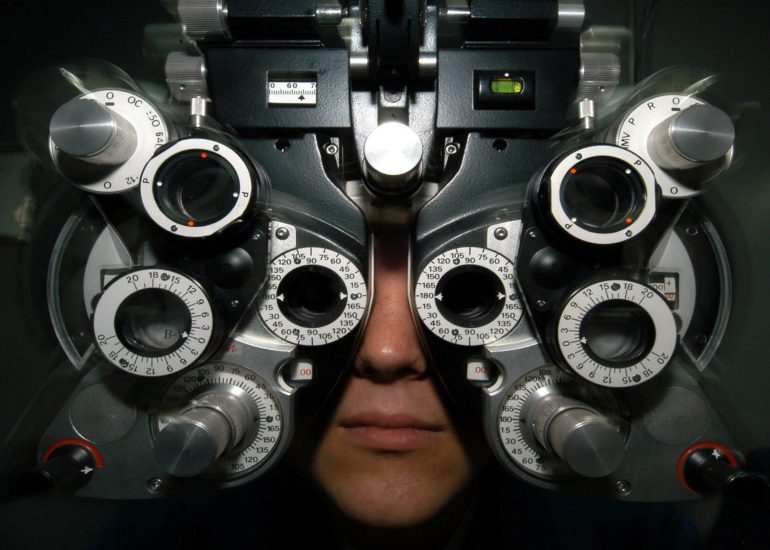Simple, non-invasive imaging at the point of care can aid the diagnosis of corneal infections, reducing the risk of sight loss and helping patients’ vision return to pre-infection levels.
Bacterial keratitis is one of the most common corneal infections in the western world, often caused by contaminated contact lenses, and results in frequent visits to emergency departments in eye clinics worldwide. It can have a major impact on patients’ day-to-day lives, causing visual impairment and resulting in two million cases of blindness in one eye every year. It can be caused by gram-negative and gram-positive bacteria, each of which have different implications for treatment.
Corneal infections are typically identified through microbial cultures from corneal scrapings, which means sending samples to a laboratory and takes around forty eighty hours to get the results back. This can lead to delays in providing the correct diagnosis and treatment, which are essential for getting the best possible outcome for patients.
This new study, led by the University of Southampton, examined 45 patients with bacterial keratitis using Optical Coherence Tomography, a non-invasive imaging technique that clinicians can use to examine patients at the point of care. The researchers also examined features of cytokines, proteins emitted from cells, in the patients’ tears to determine whether this is also an effective technique for assessing the inflammatory response.
The results, published in the scientific journal Nature Scientific Reports, showed that both techniques could rapidly distinguish between gram-negative and gram-positive infections. As gram-negative infections present a higher risk to vision, this could help clinicians prescribe the right antibiotics straight away and reduce the impact of anti-microbial resistance if the wrong treatment is applied.
Dr. Parwez Hossain, associate professor of ophthalmology at the University of Southampton said, “The availability of OCT machines nowadays means they could be widely used in optometry practices. This would be especially useful inthe majority of clinical practices around the world where they do not have access to laboratorymicrobiology facilities.”
The study also showed that faster application of topical steroids such as prednisolone could reduce the inflammatory response.
Dr. Hossain continued, “Our findings also show that treatment could start within 72 hours of the symptoms presenting themselves to give the best chance of full visual recovery in patients with suspected bacterial keratitis. OCT or examination of a patients cytokine features in clinics makes this possible this should be the basis for a larger-scale clinical evaluation of this approach to treat a significant global health problem.”
Southampton experts to trial ‘instant’ test for eye infections
More information:
Aris Konstantopoulos et al. Morphological and cytokine profiles as key parameters to distinguish between Gram-negative and Gram-positive bacterial keratitis, Scientific Reports (2020). DOI: 10.1038/s41598-020-77088-w
Provided by
University of Southampton
Citation:
Point of care imaging can help patients receive sight saving treatments faster (2020, November 20)
retrieved 22 November 2020
from https://medicalxpress.com/news/2020-11-imaging-patients-sight-treatments-faster.html
This document is subject to copyright. Apart from any fair dealing for the purpose of private study or research, no
part may be reproduced without the written permission. The content is provided for information purposes only.



